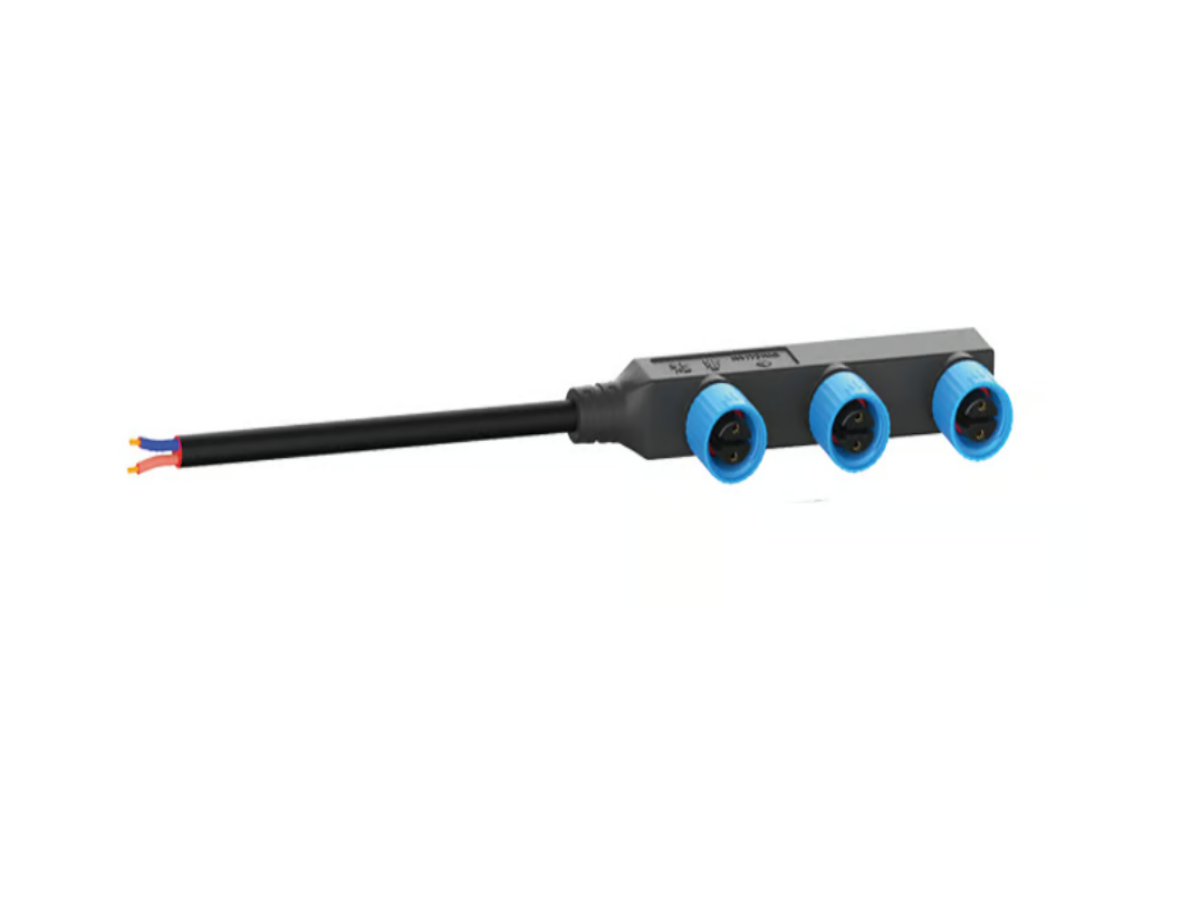Introduction
When it comes to electrical wiring, there are many different types of connections that can be made. One of the most common types of connections is the parallel connection. This type of connection involves connecting multiple wires together so that the current is split between them. In this article, we will be discussing M15-F tin in parallel connection 1+3 at the end of a module wire.
What is M15-F Tin?
M15-F tin is a type of solder that is commonly used in electrical wiring. It is a combination of tin, copper, and silver, which makes it a strong and reliable option for connecting wires. M15-F tin is also known for its ability to withstand high temperatures, making it ideal for use in electronic devices.
Parallel Connection 1+3
Parallel connection 1+3 involves connecting one wire to three other wires in a parallel configuration. This type of connection is commonly used in electronic devices where multiple components need to be connected to a single power source.
At the end of a module wire, parallel connection 1+3 can be used to connect multiple components together. This type of connection allows for a single power source to be used to power multiple devices, which can be very useful in situations where space is limited.
Benefits of M15-F Tin in Parallel Connection 1+3
Using M15-F tin in parallel connection 1+3 at the end of a module wire has many benefits. Firstly, it provides a strong and reliable connection between the wires, which is essential for ensuring that the current flows smoothly. Additionally, M15-F tin is able to withstand high temperatures, which is important in electronic devices where temperatures can quickly rise.
Another benefit of using M15-F tin in parallel connection 1+3 is that it is easy to work with. This type of solder is easy to melt and apply, which makes it ideal for use in small spaces. Additionally, it does not require any additional flux, which can save time and money.
Conclusion
In conclusion, M15-F tin in parallel connection 1+3 at the end of a module wire is a reliable and efficient option for connecting multiple components together. Its ability to withstand high temperatures and its ease of use make it an ideal choice for use in electronic devices. If you are looking for a strong and reliable connection for your electrical wiring, M15-F tin is definitely worth considering.

